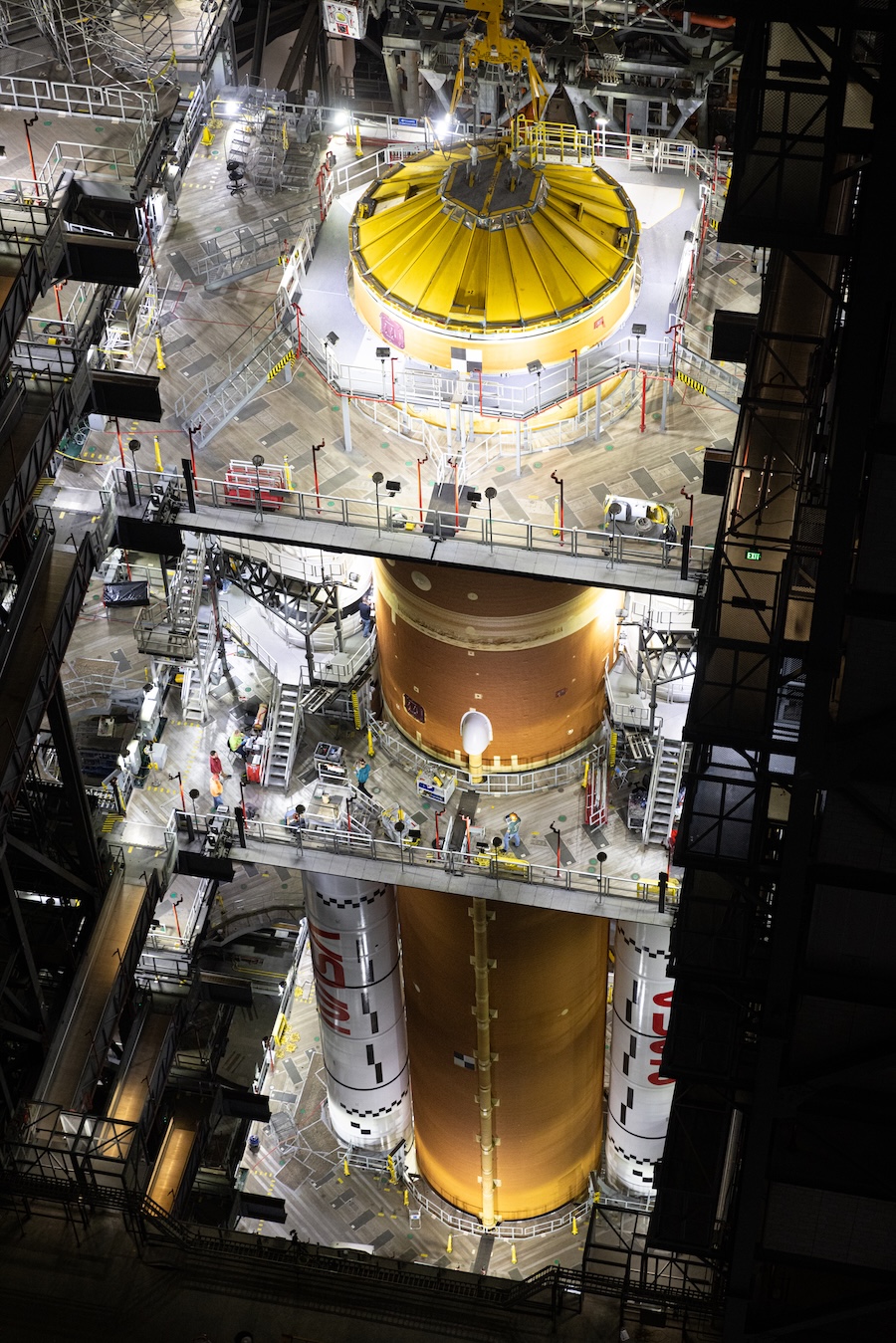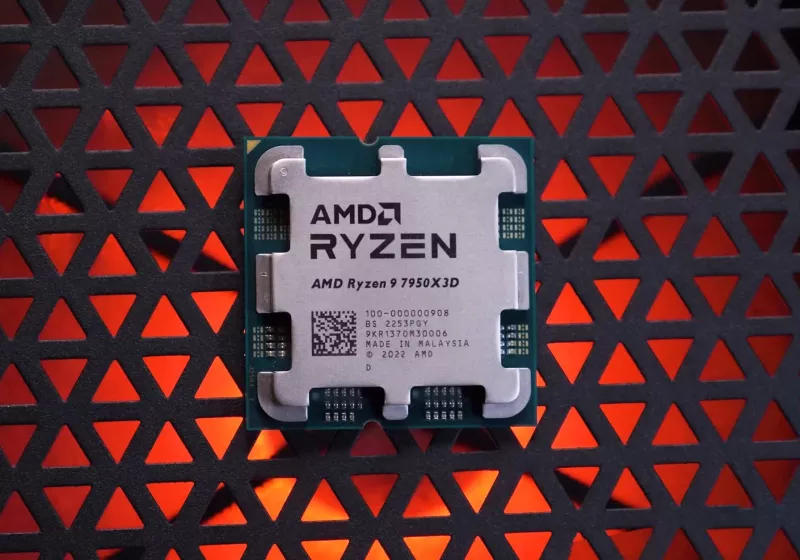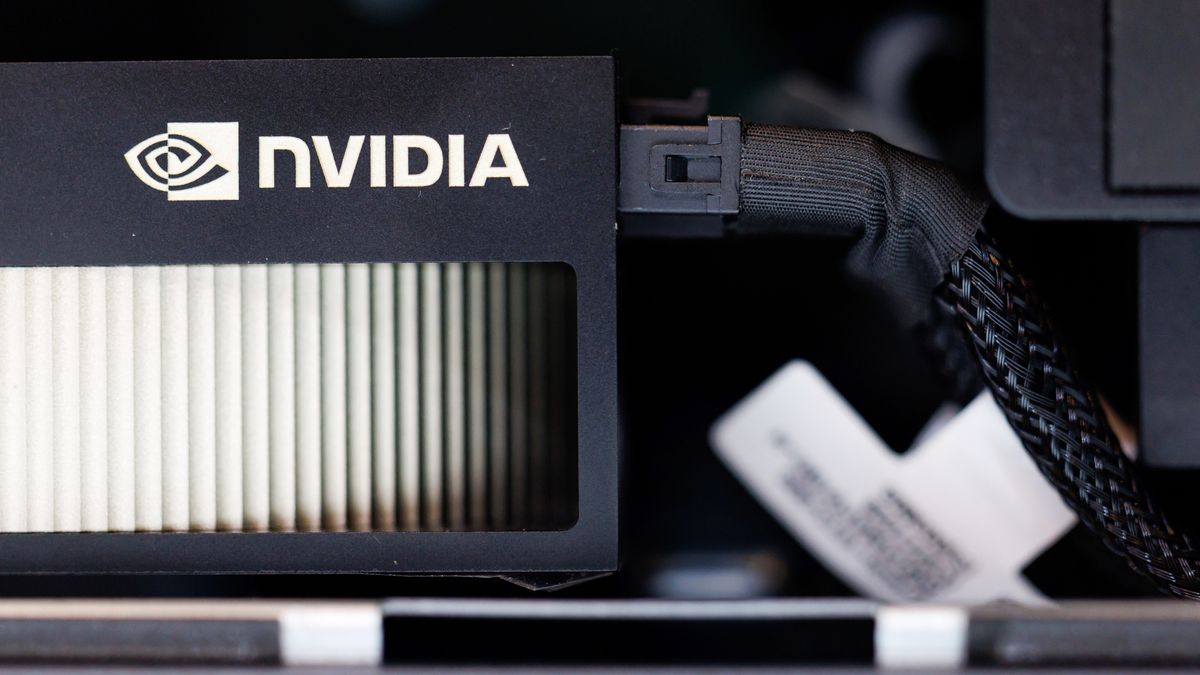NASA's existing architecture still has a limited shelf life, and the agency will probably have multiple options for transporting astronauts to and from the Moon in the 2030s. A decision on the long-term future of SLS and Orion isn't expected until the Trump administration's nominee for NASA administrator, Jared Isaacman, takes office after confirmation by the Senate.
So, what is the plan for SLS?
There are different degrees of cancellation options. The most draconian would be an immediate order to stop work on Artemis II preparations. This is looking less likely than it did a few months ago and would come with its own costs. It would cost untold millions of dollars to disassemble and dispose of parts of Artemis II's SLS rocket and Orion spacecraft. Canceling multibillion-dollar contracts with Boeing, Northrop Grumman, and Lockheed Martin would put NASA on the hook for significant termination costs.
Of course, these liabilities would be less than the $4.1 billion NASA's inspector general estimates each of the first four Artemis missions will cost. Most of that money has already been spent for Artemis II, but if NASA spends several billion dollars on each Artemis mission, there won't be much money left over to do other cool things.
Other options for NASA might be to set a transition point when the Artemis program would move off of the Space Launch System rocket, and perhaps even the Orion spacecraft, and switch to new vehicles.

Looking down on the Space Launch System for Artemis II. Credit: NASA/Frank Michaux
Another possibility, which seems to be low-hanging fruit for Artemis decision-makers, could be to cancel the development of a larger Exploration Upper Stage for the SLS rocket. If there are a finite number of SLS flights on NASA's schedule, it's difficult to justify the projected $5.7 billion cost of developing the upgraded Block 1B version of the Space Launch System. There are commercial options available to replace the rocket's Boeing-built Exploration Upper Stage, as my colleague Eric Berger aptly described in a feature story last year.
For now, it looks like NASA's orange behemoth has a little life left in it. All the hardware for the Artemis II mission has arrived at the launch site in Florida.
The Trump administration will release its fiscal year 2026 budget request in the coming weeks. Maybe, then, NASA will also have a permanent administrator, and the veil will lift over the White House's plans for Artemis.








 English (US) ·
English (US) ·